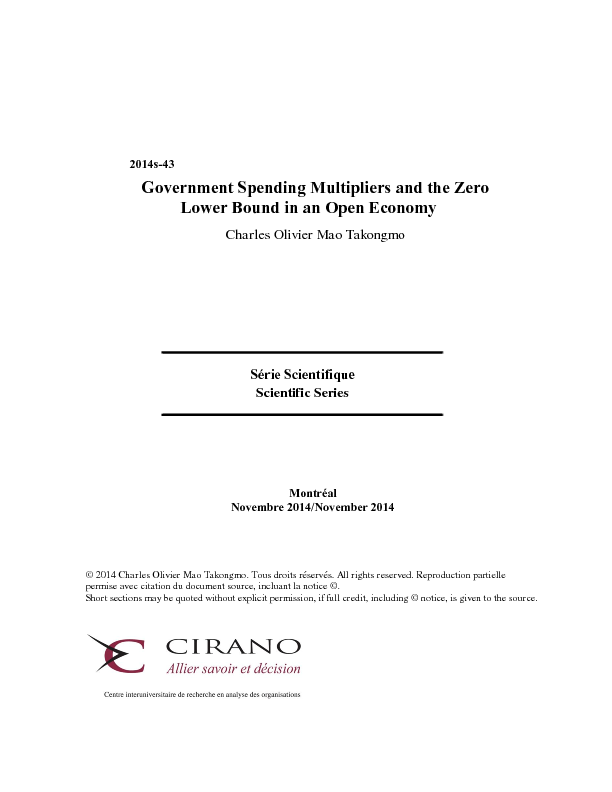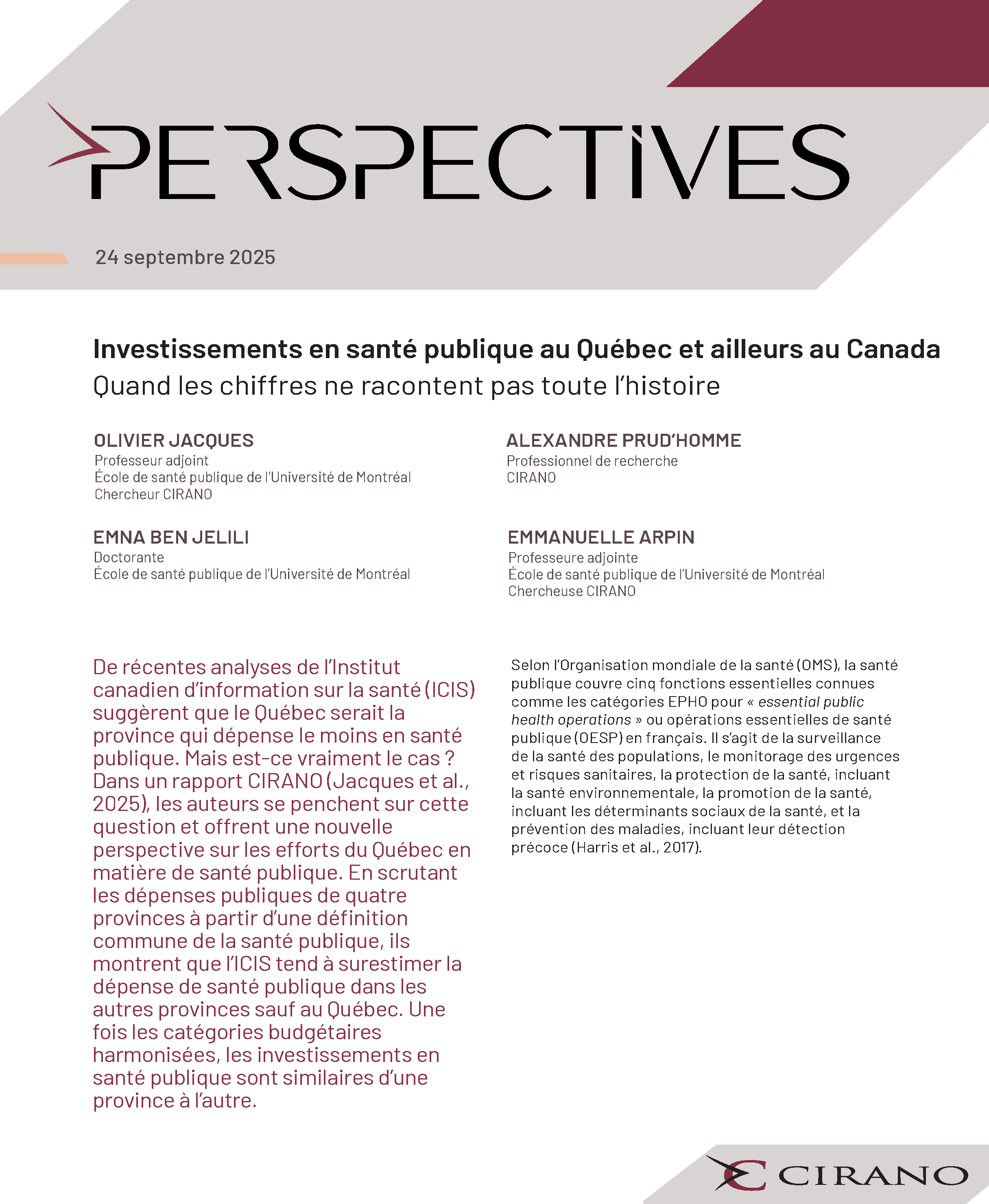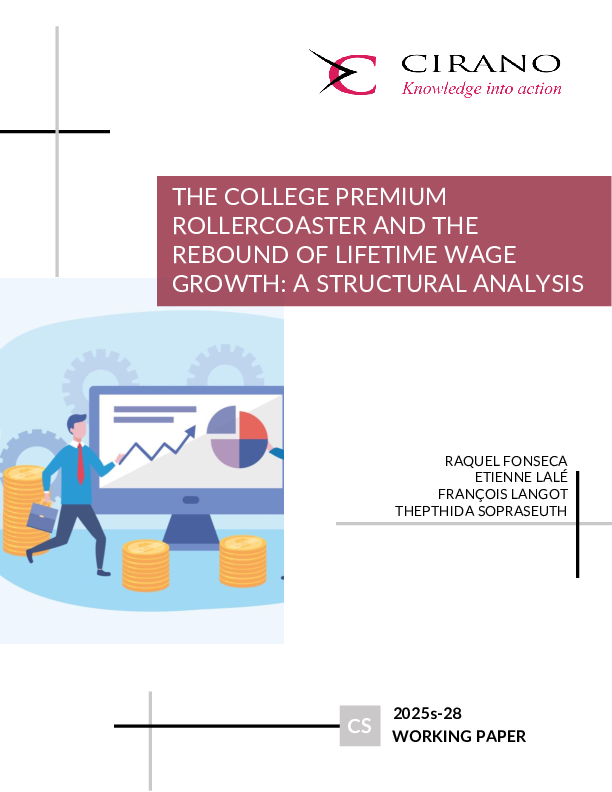Government Spending Multipliers and the Zero Lower Bound in an Open Economy
What is the size of the government-spending multiplier in an open economy when the Zero Lower Bound (ZLB) on the nominal interest rate is binding? Using a theoretical framework, in a closed economy, Christiano, Eichenbaum, and Rebelo (2011), show that, when the nominal interest rate is binding, the government-spending multiplier can be close to four. Their theory helps us to understand the government spending multiplier in ZLB, but it is difficult to match that theory with the data. We propose a dynamic stochastic general equilibrium in open macroeconomics, with market imperfections, wage and price rigidities and endogenous smoothing monetary policy. We argue that, in a closed economy and in the presence of ZLB, there is no crowding out effect through interest rates. We also argue that in an open economy, there is another channel for the crowding out effect via the real exchange rate. For an open economy, the multiplier falls to the levels usually observed in small, closed economies for which the ZLB is not binding.
[ - ]




